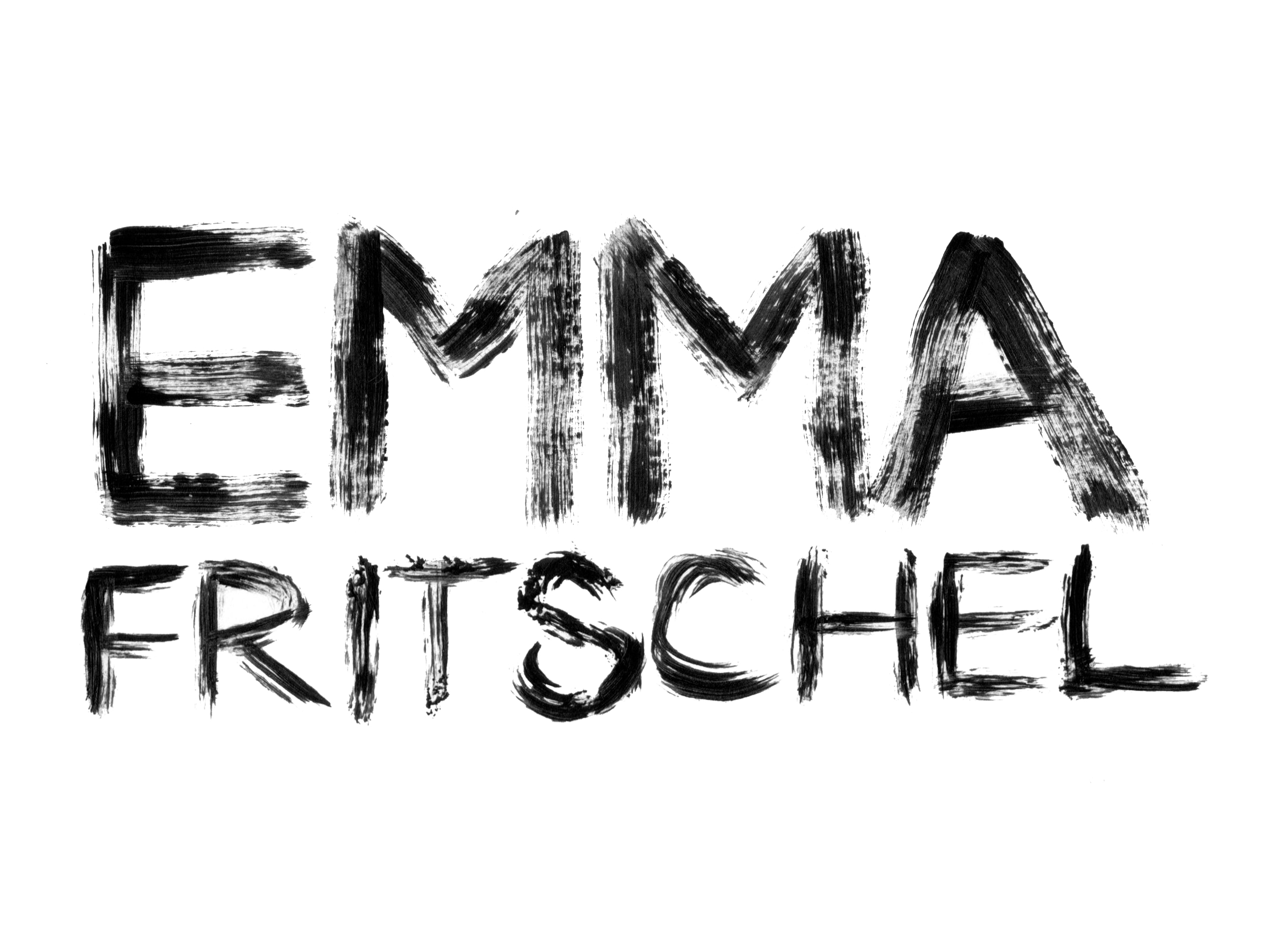
Silk Sarees of Golpalpur
April 22, 2022
Let’s talk about silk. Where does it come from, how is it made, what even is it? More importantly, what are the ethics surrounding silk production?
The silk industry in India differentiates between two classifications of silk: handspun and machine-spun. As I look through the different silk fabrics in the Hingula Tassar & Silk Workshop showroom, every time I pick up a different fabric to examine, I’m either told “handspun” or “machine-spun” by the local artisans. The distinction is a matter of ethics and spirituality.
Hingula Workshop in Golpalpur, Odisha, specializes in Tassar silk saree weaving. Tassar, or Tussah, silk is always handspun because of its inherently “natural” quality. It is known as wild silk, because it isn’t cultivated or farmed, but collected from the forest. Many consider it a forest product. If you ask me, it’s about close to the forest as you can get. Just take a look at the outside of the workshop.
![The Hingula Tassar & Silk Workshop building and the surrounding forest]() Tassar silk doesn’t look or act like cultivated silk. It can be deceiving to the untrained eye to call this fiber “silk.” It’s rough and textured, not smooth and fine. It’s dull and brassy-colored, not lustrous and bleach white. It’s not exactly something you’d pick up and go, “Ohh, silky” to. Western fashion assumes that silk should be perfectly smooth and arrest the eyes with its piercing gleam. That’s because mulberry silk, which is the silk that makes up 90% of the silk industry, does look like this. But there are many other beautiful “silky” qualities. Tassar silk is prefered for its unique texture, natural process, and spiritual meaning.
Tassar silk doesn’t look or act like cultivated silk. It can be deceiving to the untrained eye to call this fiber “silk.” It’s rough and textured, not smooth and fine. It’s dull and brassy-colored, not lustrous and bleach white. It’s not exactly something you’d pick up and go, “Ohh, silky” to. Western fashion assumes that silk should be perfectly smooth and arrest the eyes with its piercing gleam. That’s because mulberry silk, which is the silk that makes up 90% of the silk industry, does look like this. But there are many other beautiful “silky” qualities. Tassar silk is prefered for its unique texture, natural process, and spiritual meaning.
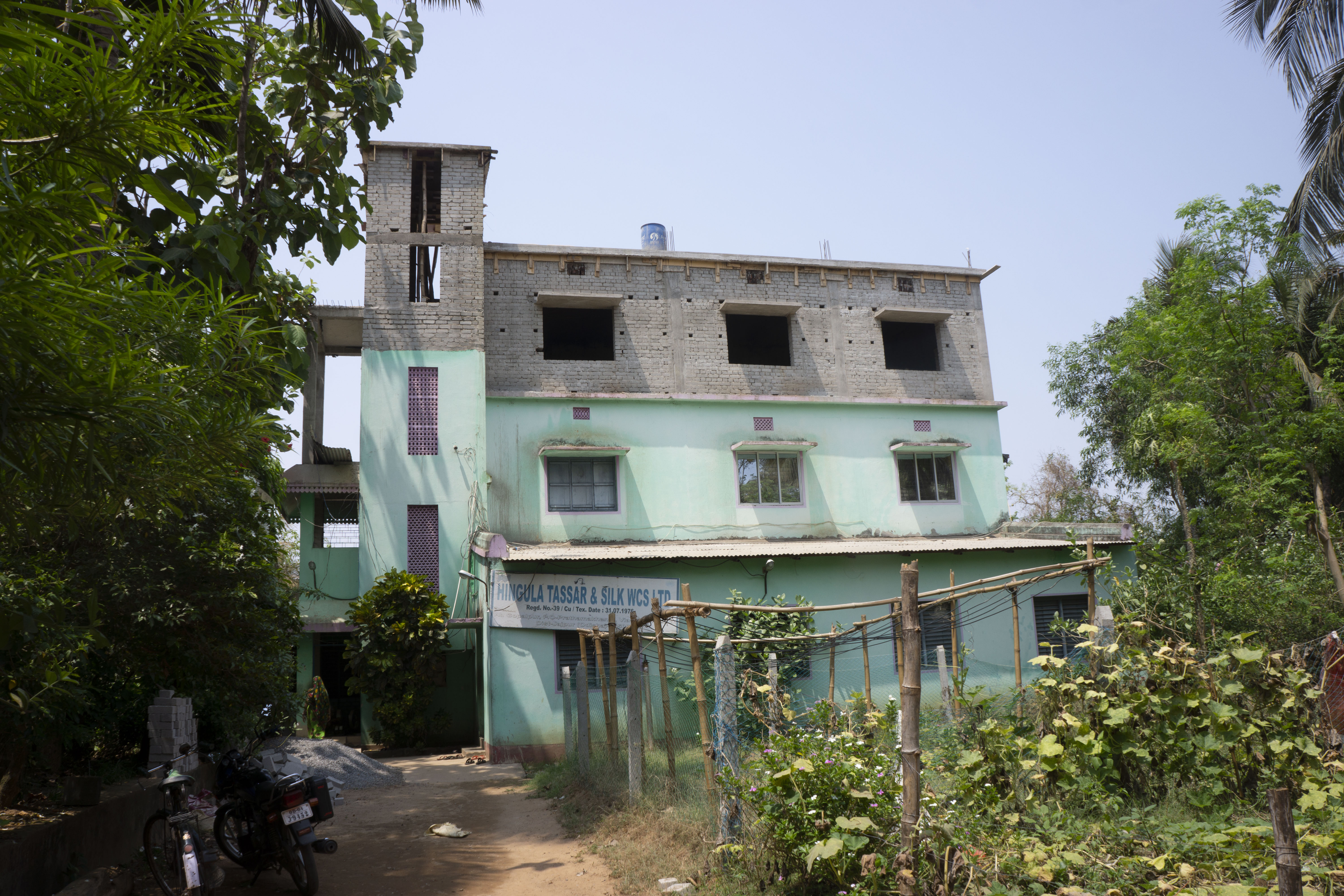
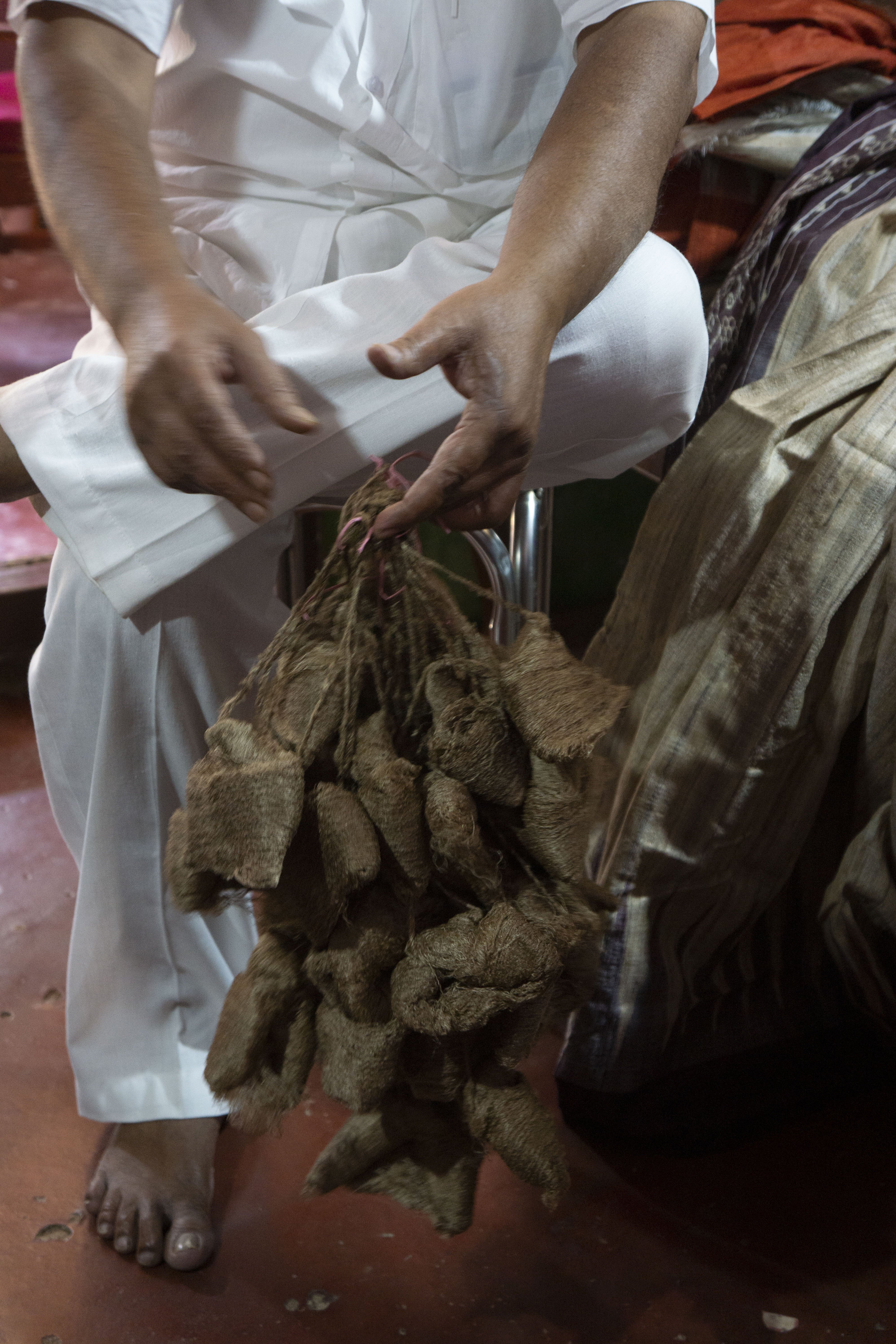
Silk extraction is a delicate process. Silk comes from the fibers created from a silkworm’s cocoon.
A silkworm spins its cocoon out of single strand of fiber, known as a filament.
A single silkworm cocoon can produce on average of 1,000 yards of silk thread. Keep in mind this thread is extremely fine. Multiple strands are usually reeled together to make a workable thread.
The process is absolutely miraculous.
During this process, the mortality of the silkworm-turned-larva comes into question. Most silk extraction involves boiling the cocoon with the silkworm still inside of it, thus killing the larva. Some people believe in nonviolent silk, meaning that they wait until the silkworm has emerged from its cocoon as a moth before claiming the cocoon’s fibers for their own use. This extraction process is known as “ahimsa” silk, or “nonviolent” silk. It is prefered for its cruelty-free qualities by spiritual groups such as Hinduism, Jainism, and Buddhism. Ahimsa silk is not an ancient process; its history is rooted in the 1990s when it was first produced by a sericulturist in India. Its production and widespread usage didn’t occur until 2000. There is still so much that can be learned about ahimsa silk.
The downside of ahimsa silk is that the silk cocoon’s fibers break before they can be extracted, thus resulting in shorter fiber strands which must be spun together creating more work for the artisans and also less durable thread. The production time of ahimsa silk is also longer, because an extra 10 days is required for the larva to grow into moths and hatch. This also means that the price of ahimsa silk is always greater than regular silk, usually ten times more expensive.
![A bag of mulberry silk sourced from Korea]()
![Stacks of silk sarees]() It’s a classic struggle of human versus nature. Do we save the larva, but wind up with less favorable product for ourselves? Or do we sacrifice the little larva, and reap the complete benefits of the silk cocoon? The right answer is not clear. However, I think it’s important that we have both: ahimsa silk and regular silk. Because oftentimes beauty overshadows equality. But ahimsa silk serves as a reminder that there is harmony in everything.
It’s a classic struggle of human versus nature. Do we save the larva, but wind up with less favorable product for ourselves? Or do we sacrifice the little larva, and reap the complete benefits of the silk cocoon? The right answer is not clear. However, I think it’s important that we have both: ahimsa silk and regular silk. Because oftentimes beauty overshadows equality. But ahimsa silk serves as a reminder that there is harmony in everything.
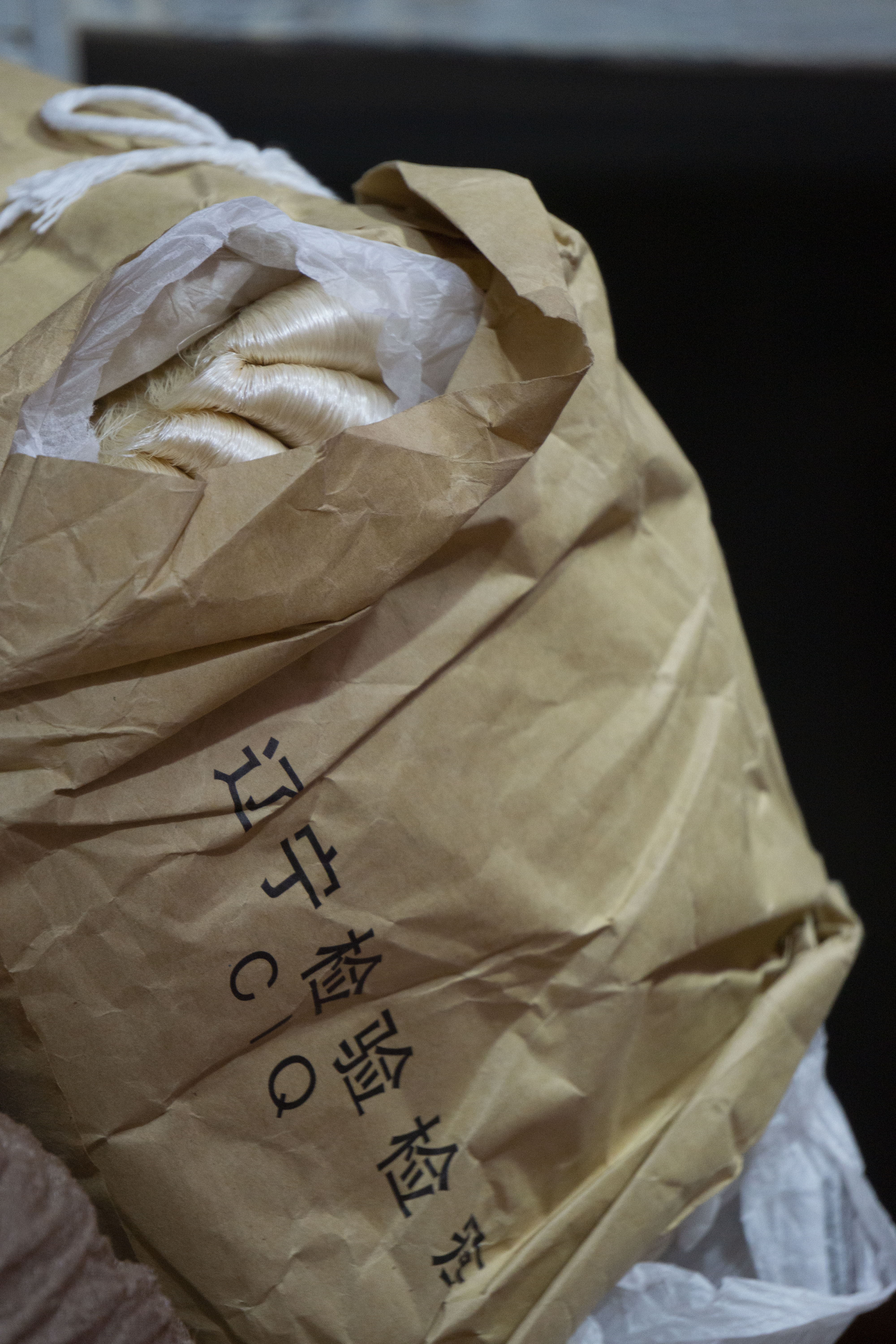
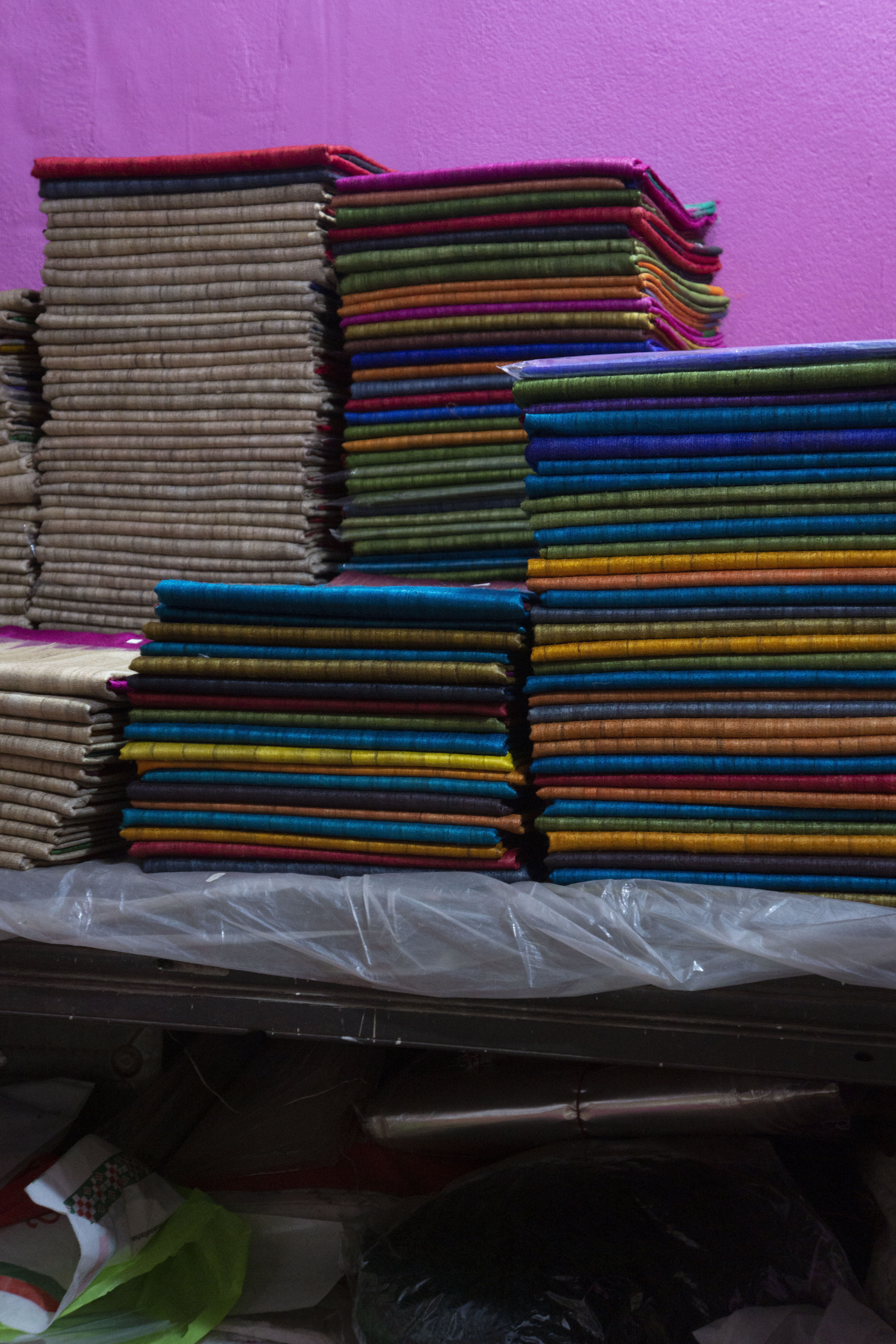
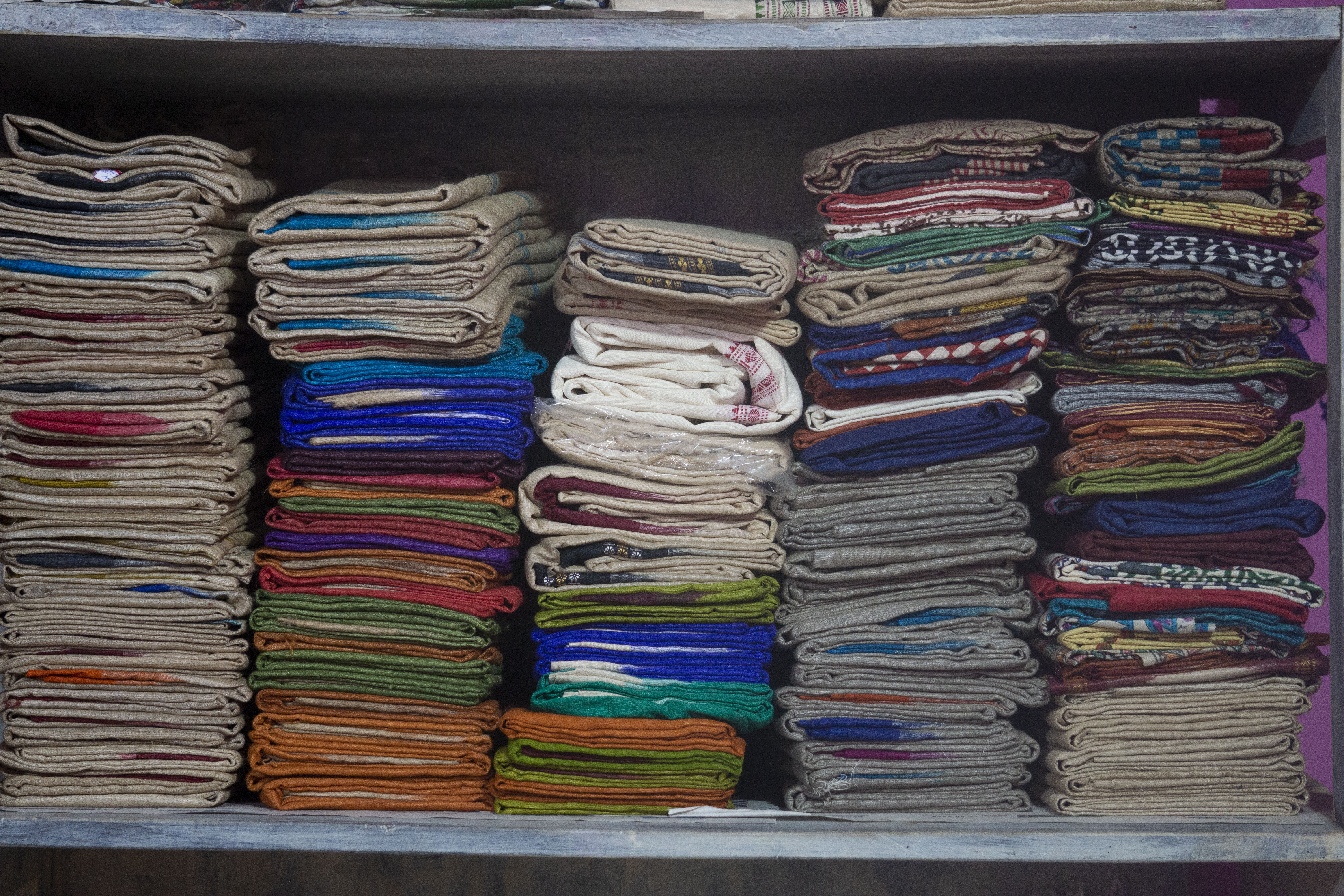
© Emma Fritschel Art 2025
